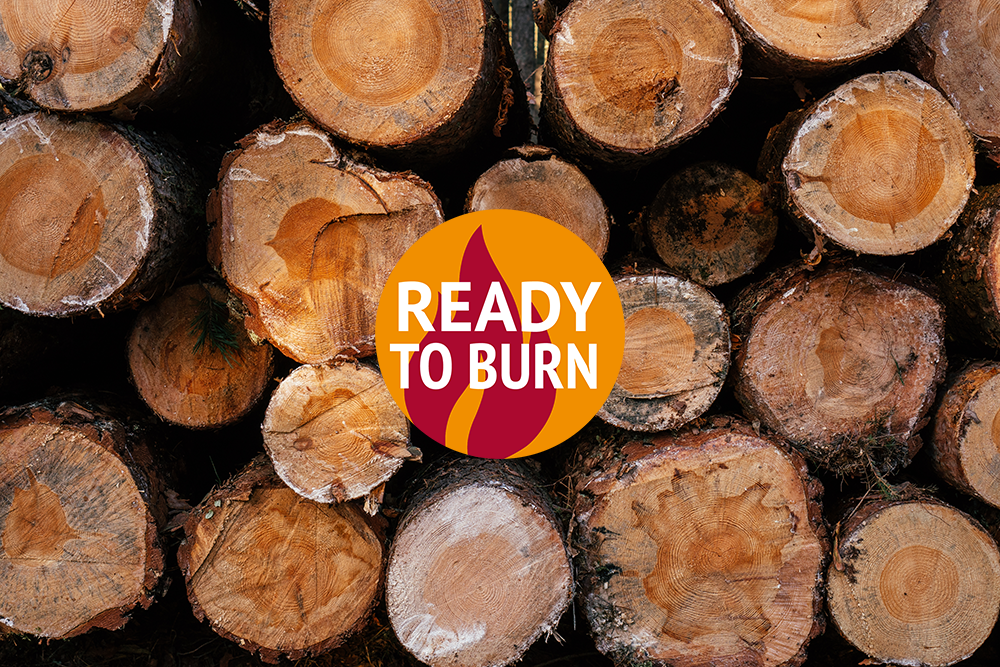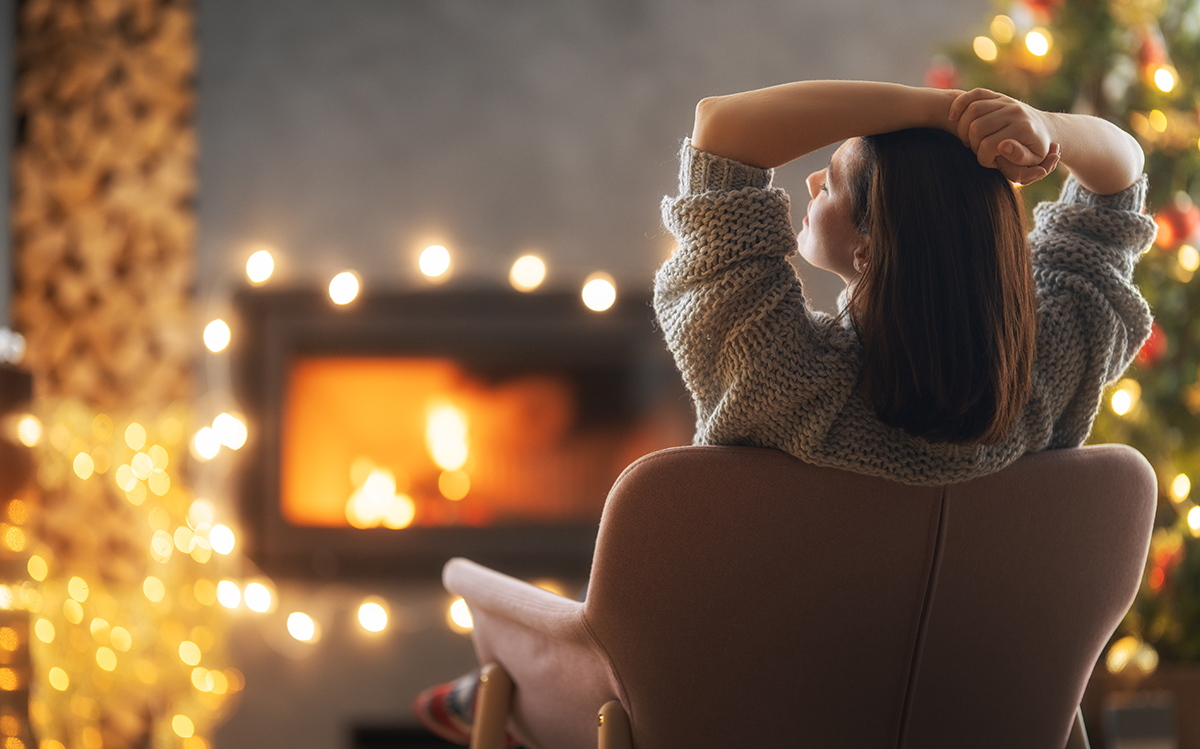
An efficient log-burning or multi fuel Ecodesign stove is an ideal way to heat your home for far less amidst an energy price crisis, but it is essential to be aware of the fuel you are using.
With Christmas fast approaching and temperatures are dropping, it's likely that more of us will be thinking of lighting our stoves to keep cosy over the festive period, but it can be difficult to know what not to burn in your stove.
It might seem like anything that burns should be able to go right in, as the smoke and fumes go right up the chimney. However, not all types of fuel are suitable for use as fuel because some items can be a fire hazard and could release a cocktail of toxic fumes into your home and the surrounding area. Burning the wrong type of fuel can lead to poor stove performance, expensive maintenance costs, and could be dangerous.
Continue reading to find out more about what you should avoid burning and why it's so important to make sure that you burn the right fuel.
1. Treated or painted wood
You should never burn treated or painted wood in your wood-burning stove. This type of wood will be full of chemicals which can harm your health and the environment when burned. These chemicals can release toxic fumes and create a dangerous atmosphere in your home.
Treated or painted wood can also damage the stove. Not only does this increase the risk of problems in the future, but it can also lead to higher maintenance costs and reduced efficiency.
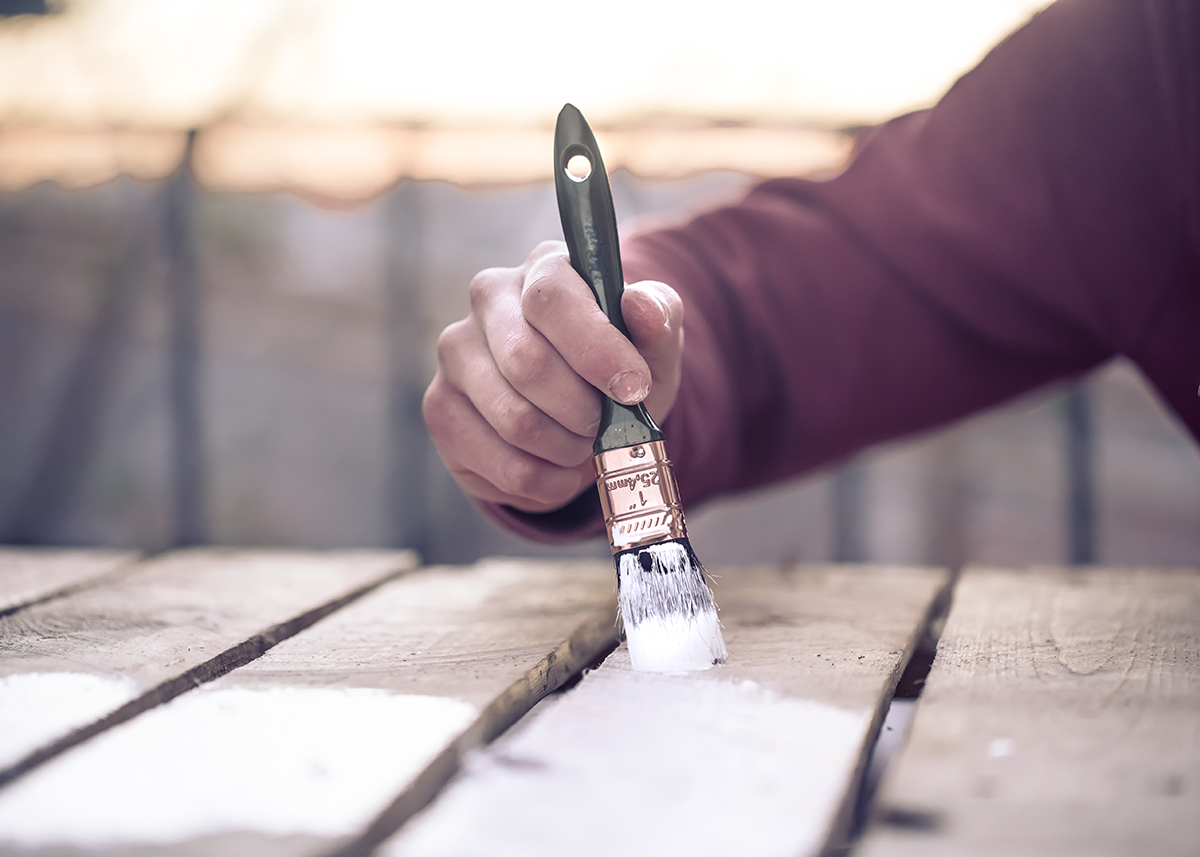
2. Paper and cardboard
While paper or cardboard can be used to help get a fire going while lighting it, it is not recommended to burn it as a primary fuel in the stove. We recommend using a natural firelighter instead and saving paper and cardboard for recycling.
While it might seem like a quick, easy fuel option for getting a fire going, cardboard and paper produce a lot of smoke and can quickly clog up your chimney, leading to a fire hazard.
The inks used in wrapping paper, newspaper inserts, glossy magazines, pizza boxes and other printed items contain metals that give off toxic fumes when burned.
Paper also burns very quickly and can easily float up the chimney. This is dangerous since flames that enter the chimney can ignite the creosote deposits in the flue. Furthermore, the hot air and pieces of burning paper can rise through the chimney and ignite flammable materials outside the home.
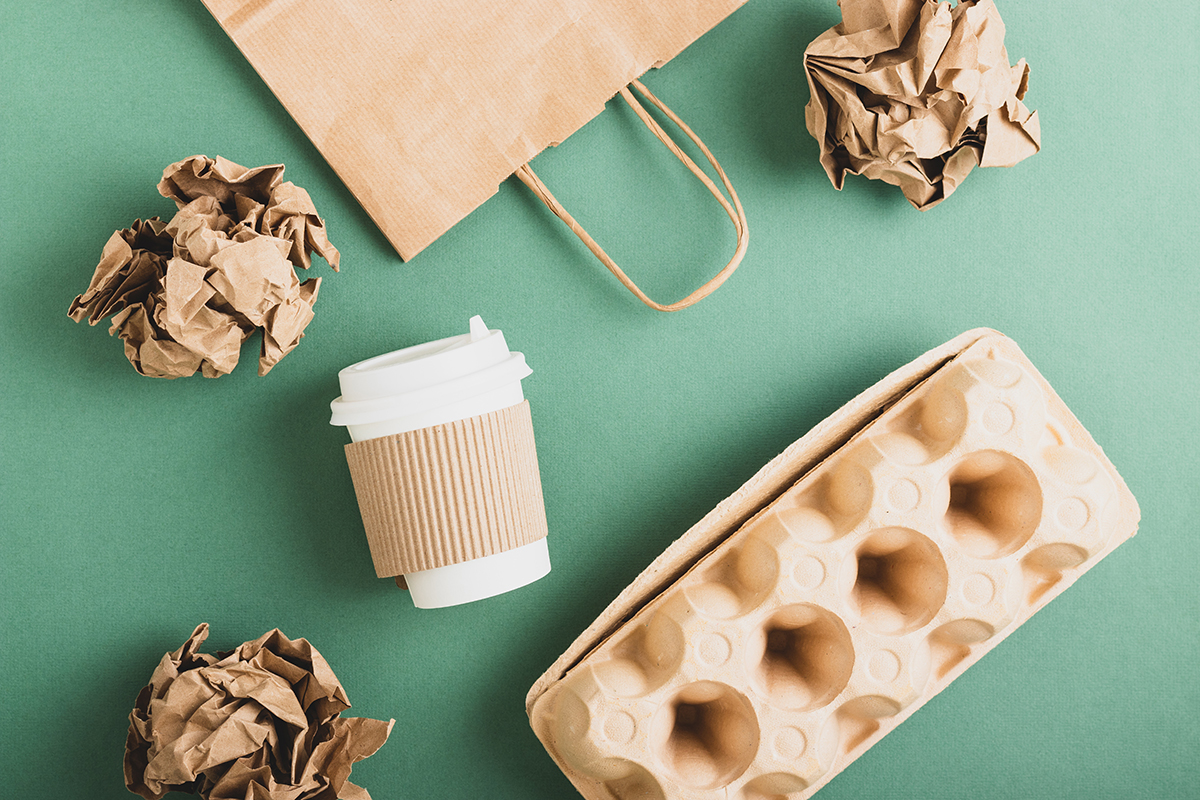
3. Wet or green wood
Burning green or wet wood is a common mistake people make with their wood-burning stoves. Freshly cut or green wood has a high moisture content, which is “unsuitable” for burning.
Burning this type of wood can lead to incomplete combustion or the production and build-up of harmful by-products, such as creosote or soot, leading to a chimney fire if left unchecked.
Plus, burning wet or green wood is not an efficient way to get the best fire going as the moisture content will cause the flame to fizzle out quickly.
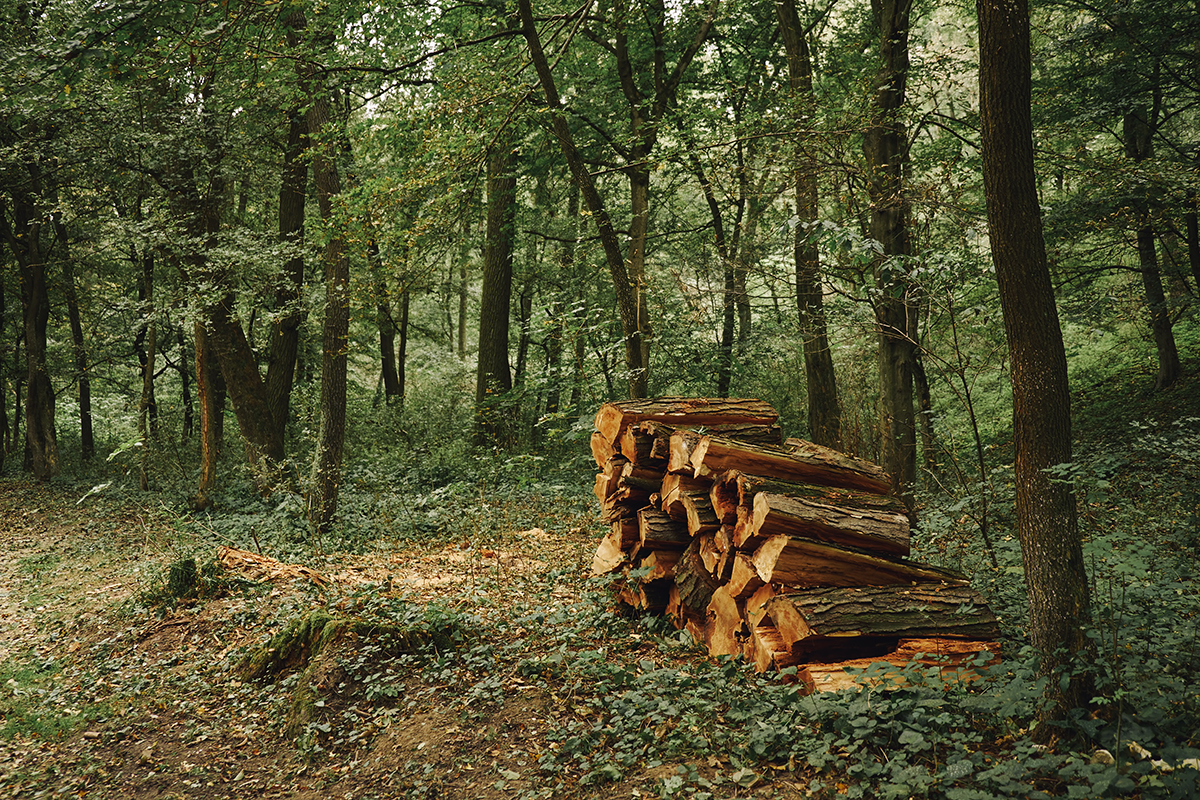
4. Evergreens
Never burn the Christmas tree because not only is it likely to have a significant level of moisture but it is likely to have been treated with an array of different chemicals and resins! Your tree might look dry, but that does not mean it's seasoned to burn safely. And again, even dried, your Christmas tree is not ideal fuel.
Your tree, wreath, and other evergreen decorations are not safe to burn in your fireplace. Some may enjoy the aroma and the sound, but even dry evergreens are loaded with resin that burns very quickly and pop, producing embers that can rise through the chimney and start chimney fires.
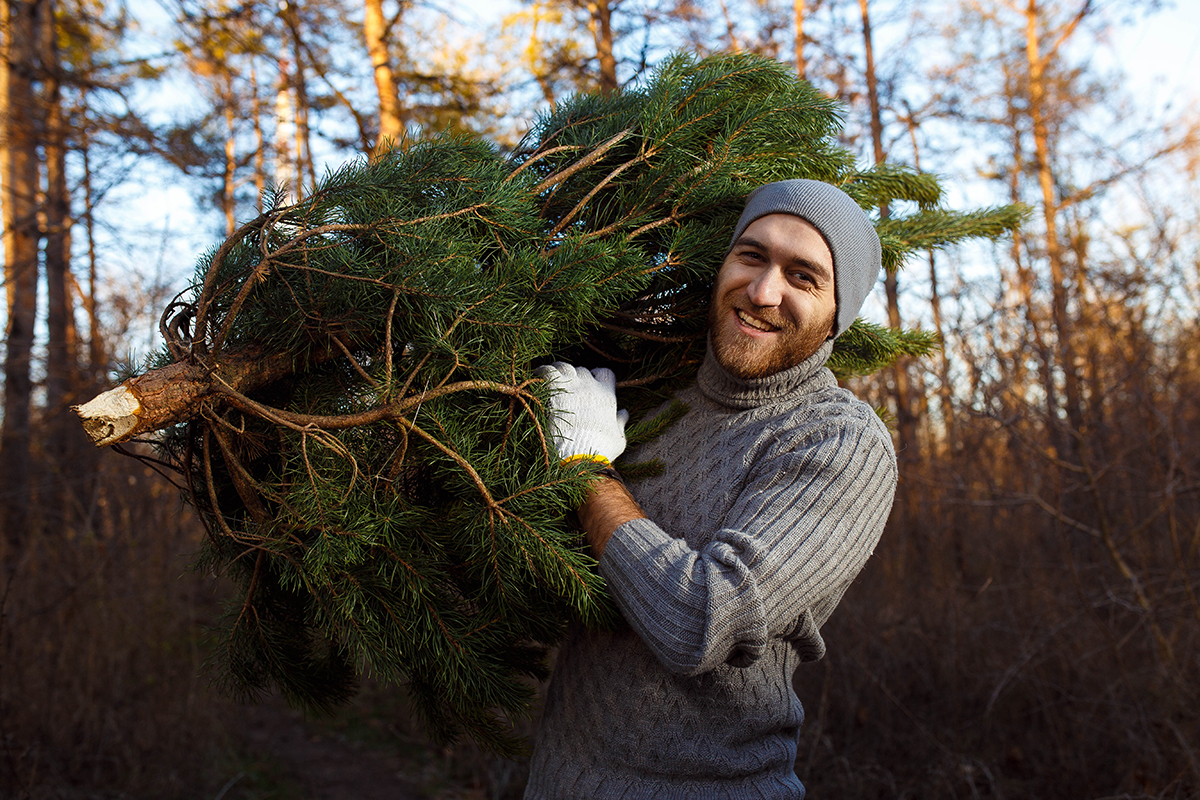
5. Plywood and chipboard
Plywood and chipboard are materials often used in construction or furniture creation. However, they are not suitable to be used as fuel in wood burners.
They are typically glued together using synthetic resins, which can release harmful chemicals when burned.
What is more, plywood and chipboard produce a lot of ash, quickly leading to the stove clogging up, reducing its efficiency, and increasing the risk of a fire.
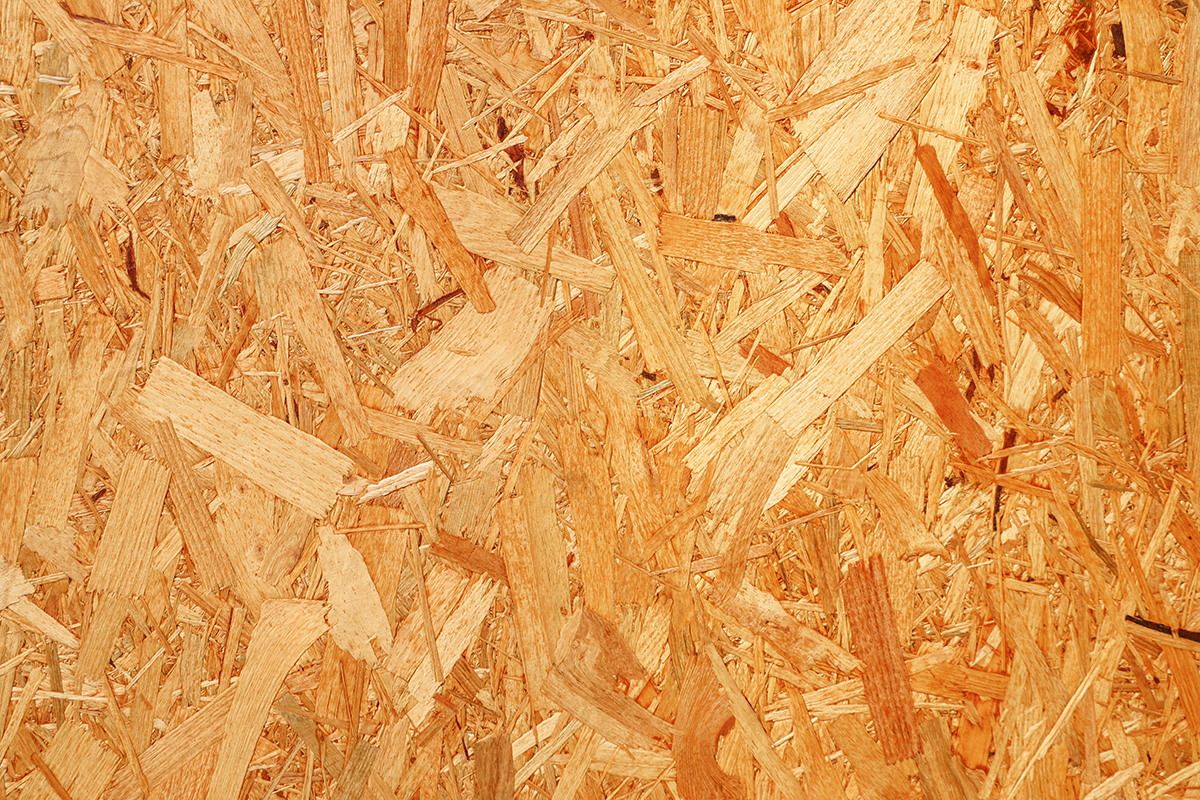
6. Polypropylenes & Polystyrenes
Do not burn any kind of plastics or Styrofoam. A toxic cocktail of fumes results from burning items like Styrofoam cups, plastic utensils, and remnants of household products in empty containers. Remember most, if not all, of these items can be recycled!
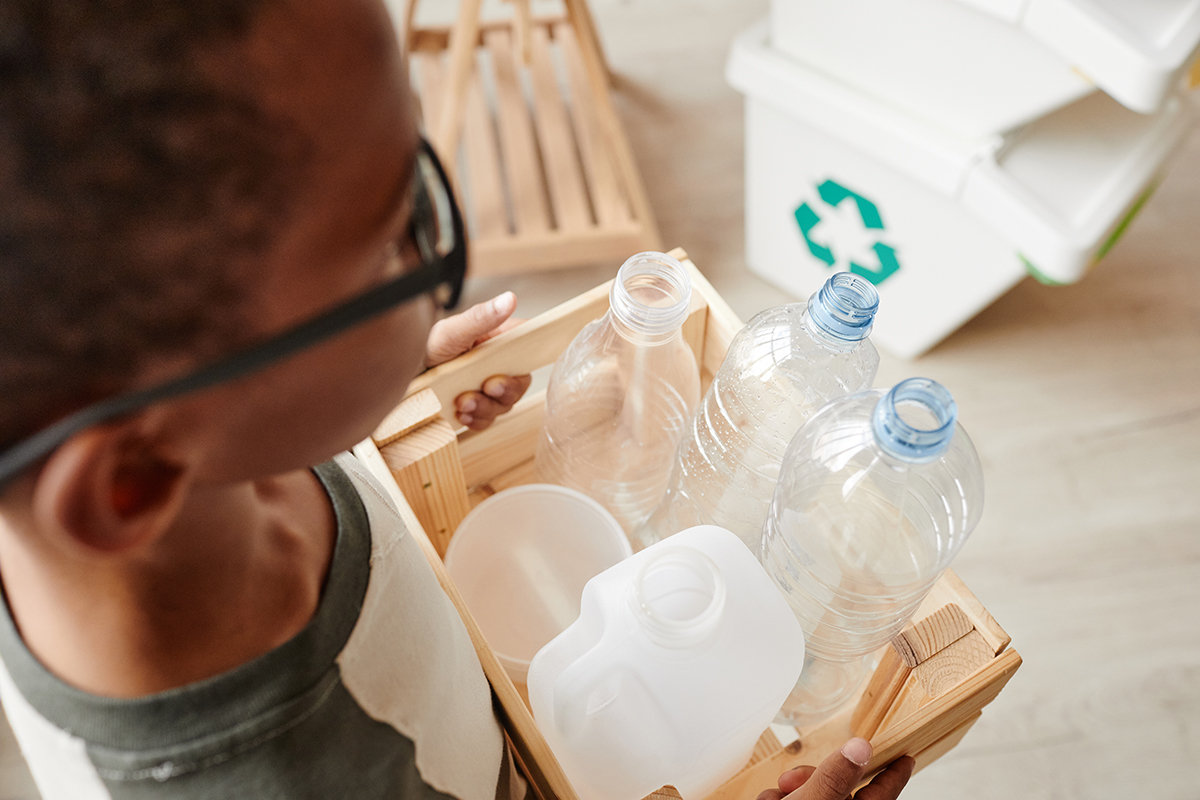
7. Fire Accelerants
Never use accelerants like gasoline, kerosene, or barbecue lighter fluid to start a fire in your fireplace. These highly flammable substances can produce unexpectedly large flare-ups that could spread the fire into your home.
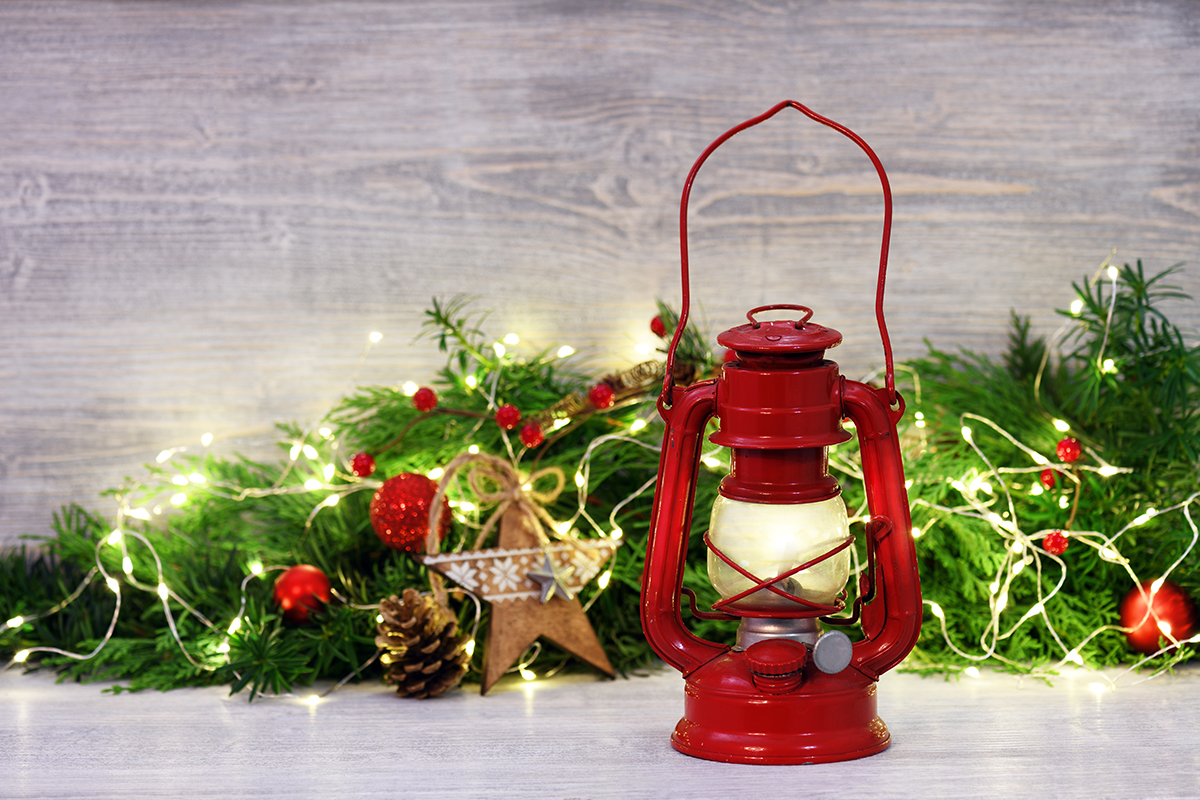
8. Dryer Lint
Do not burn dryer lint. Dryer lint may be an effective fire starter, but it can release toxic chemicals into your home and up your chimney.
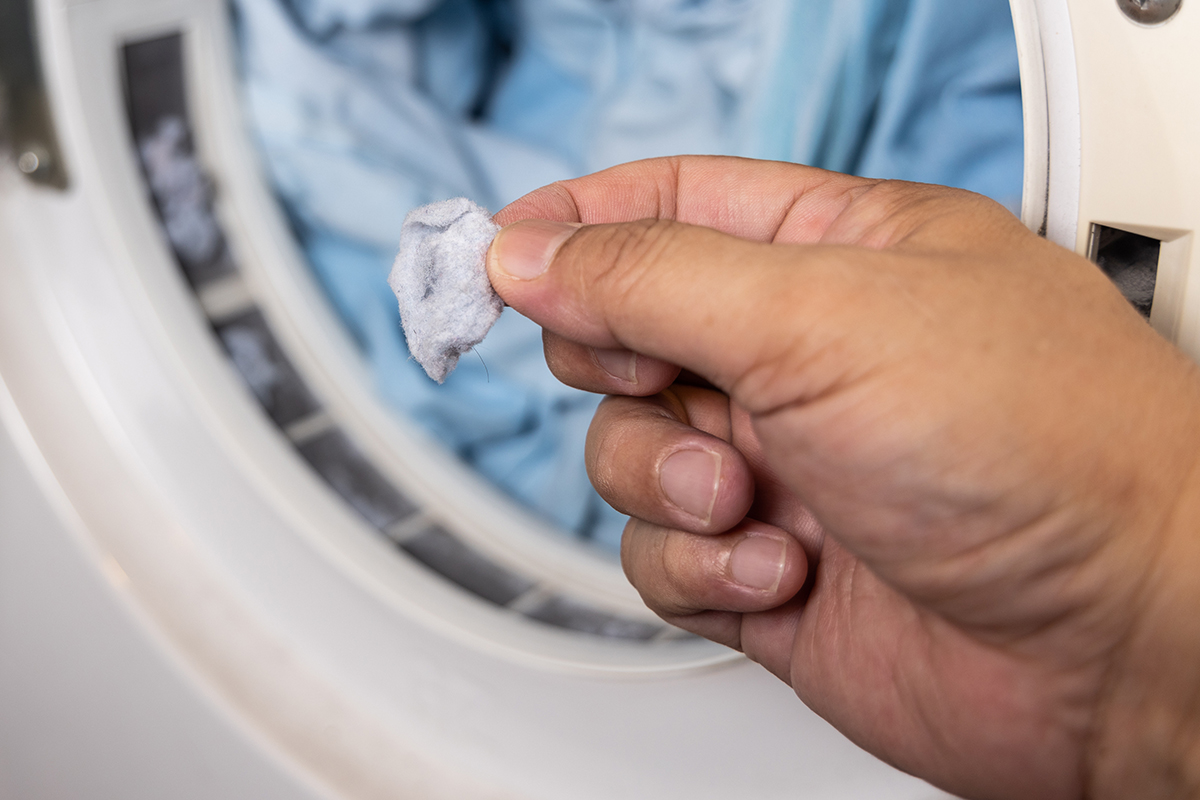
9. Driftwood
The advice not to use driftwood for your stove may surprise many people because surely this is just a waste product. However, the likelihood is that not only will the driftwood have an element of moisture at its core, it might also contain salt.
When burned, salt particles are extremely corrosive and can cause damage to your stove, fireplace and flue. The wood may also have been exposed to an array of different chemicals in the water, which could add to the danger.
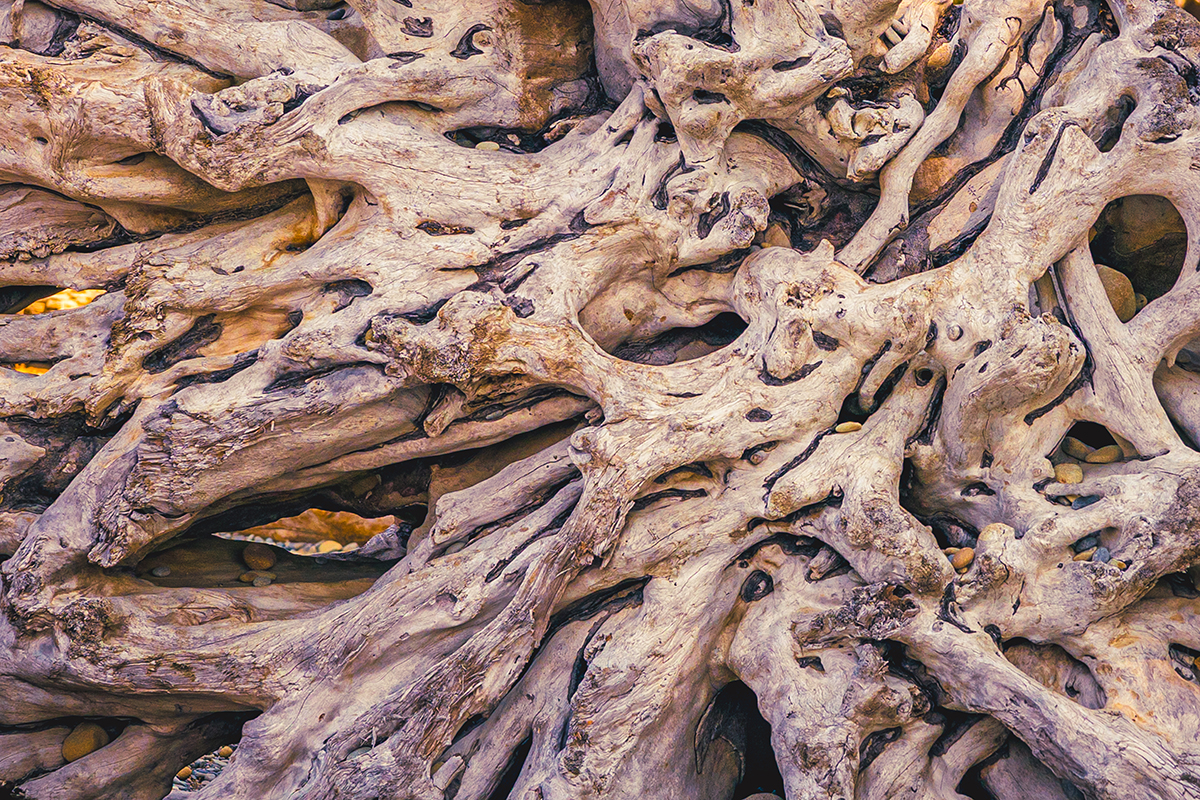
10. Clothing & Shoes
Don’t burn clothing or shoes in your fireplace or in your wood-burning stove. Not only does it smell bad, but clothing and shoes produce an excess amount of smoke and soot that will end up adding to the creosote in your chimney lining. Because cloth burns so hot, the likelihood of a chimney fire starting is increased. Burning shoes and clothing is harmful to the environment and it would be much better to dispose of them by donating them to charity or a recycling centre in your area.
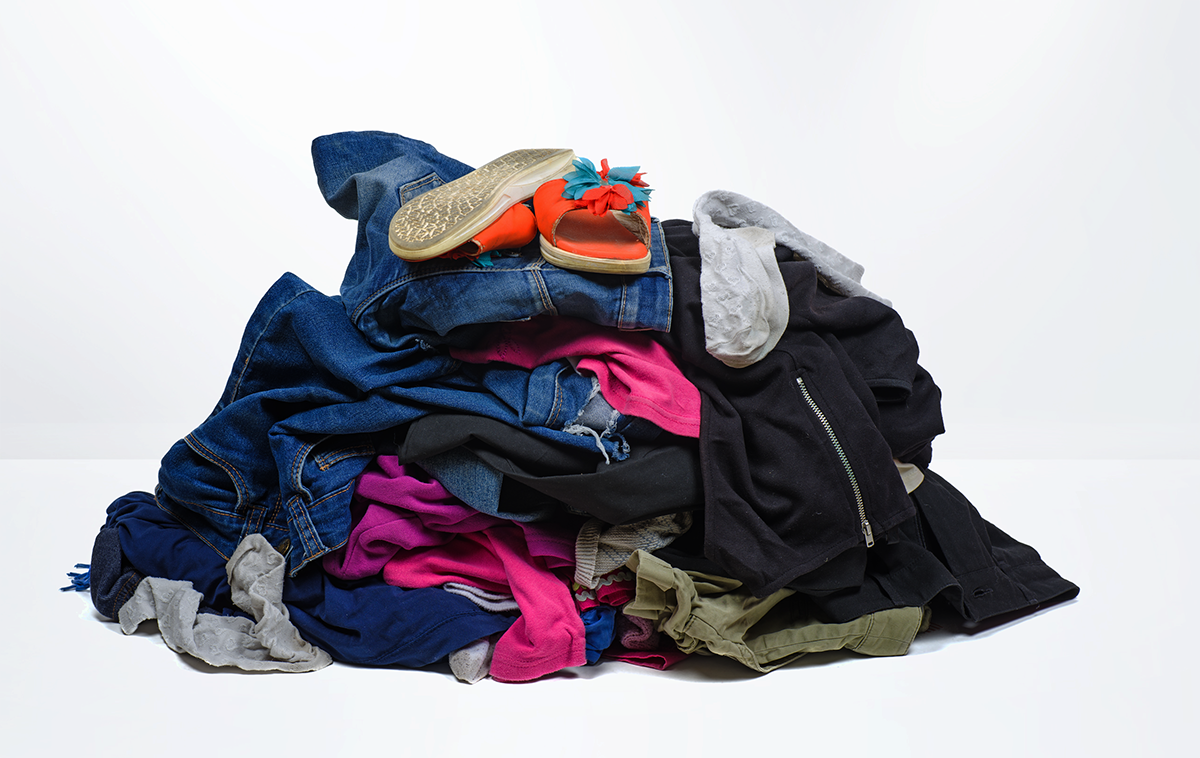
Why is it important to improve the way we burn in the home?
Air pollution is the biggest environmental risk to public health and we need to take action to reduce the most damaging air pollutants.
Burning at home is a major contributor to a type of pollutant called fine particulate matter, which is present in smoke. These tiny particles can damage your lungs and other organs, and harm the health of you and your family.
Burning the right fuel can provide benefits such as helping to:
- improve the air we all breathe by reducing the amount of pollution produced;
- keep you and your family safe by reducing the risk of chimney fires;
- get the most out of your open fire or stove so that it performs better, helping you use less fuel to produce more heat.
Wood sold in volumes under 2m³, and manufactured solid fuels, must be certified as 'Ready to Burn'. If you buy fuel accompanied by the 'Ready to Burn' logo, you can be confident that you are protecting yourself and your family from the effects of the most polluting fuels. Using the wrong fuel could damage your appliance, affect your chimney, as well as invalidating your warranty.
